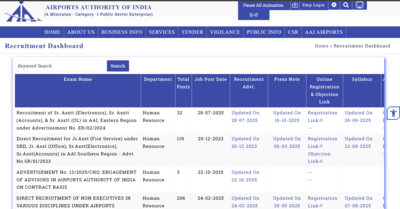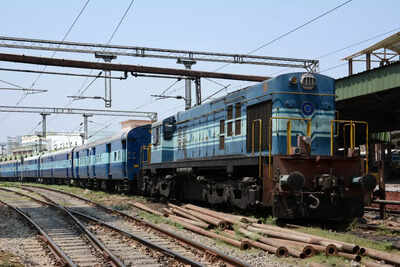Tech dreams on hold: The entry-level job crisis sweeping America’s young graduates – The Times of India

The digital age promised opportunity. For thousands of young Americans graduating with computer science degrees, the allure of high-paying jobs and the promise of upward mobility shaped years of study, late nights debugging code, and countless projects. Today, that promise feels distant. Across the country, freshly minted tech graduates are confronting a labour market that is both uncertain and unforgiving, a market buffeted by economic policy, global trade turbulence, and the relentless advance of artificial intelligence.Monetary policy, once a reliable lever to stimulate hiring, now feels like a temporary patch on a structural problem. The Federal Reserve began reducing interest rates last month to encourage companies to expand their workforce, and analysts anticipate further cuts in the coming weeks. In theory, cheaper capital should spur hiring; in practice, executives are cautious. “Expectations for the economy in the next six months turned from neutral to pessimistic,” the Conference Board reported in its October 16 survey of 130 CEOs, noting that 68% plan to maintain or reduce headcount. Companies face a swirl of uncertainty, from President Trump’s canceled trade talks with Canada to renewed scrutiny of China’s export policies, leaving staffing decisions precarious at best.
AI: The invisible competitor
Economic uncertainty is only half the challenge. The rise of artificial intelligence is rewriting the rules of entry-level tech employment. Tasks once reserved for junior developers, data analysis, code testing, even basic design, are increasingly automated. A September 2025 Google study revealed that 90% of tech workers now integrate AI into their daily workflow, highlighting how pervasive the technology has become.The impact is visible in the jobs themselves. Indeed postings for traditional developer and design roles fell 35% between February 2020 and early October 2025, while AI and data center-related positions have surged according to media reports. CEOs, according to the same Conference Board survey, anticipate that AI will transform over half of the roles in their organizations within five years. For young graduates, the career path that once seemed linear is now a branching maze, where the rules are changing faster than textbooks or curricula can keep up.
The human toll
This convergence of policy uncertainty and technological disruption has profound human consequences. College graduates who once expected stable careers are now forced to pivot, retrain, or compete with machines for relevance. The labour market is no longer merely about supply and demand, it is a battlefield where skills, timing, and adaptability dictate who thrives and who falters. Monetary policy can nudge demand, but it cannot counteract structural disruption. AI doesn’t wait for economic forecasts, and trade policy doesn’t pause for graduates navigating the transition from classroom to career.
Lessons for young learners
The upheaval offers hard but necessary lessons. Adaptability, continuous learning, and technical fluency beyond foundational coding have become essential. Students must anticipate that entry-level roles may be transformed, automated, or redirected entirely. Engaging with AI, understanding data infrastructure, and developing problem-solving skills that machines cannot replicate will define future employability. Moreover, financial literacy and strategic career planning, such as networking, internships, and cross-disciplinary knowledge, are now as crucial as classroom learning. The new world rewards initiative and foresight, not just degrees.The question looms: Will universities, employers, and policymakers rise to the challenge of equipping this generation for a radically altered workforce, or will these young Americans become collateral in a technological revolution they never asked for? The answer will determine not just individual futures but the trajectory of the American workforce in an era defined by automation, uncertainty, and ambition.




